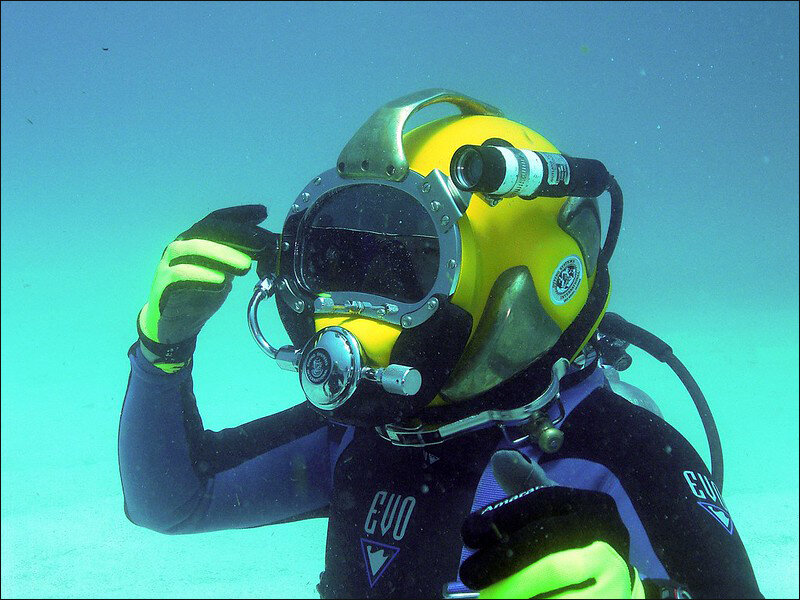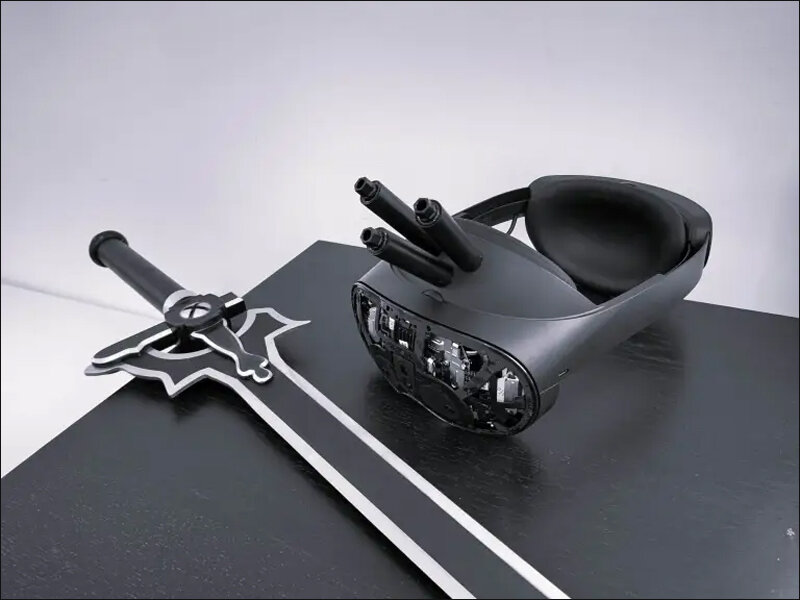Could you die in the virtual world, and still survive in the real one? Nigel Pereira finds out what awaits you on the other side
To begin this story we need first to explain that a light novel is different from a novel or a graphic novel or a comic, and no this isn’t clickbait, the killer VR headset is 100% real, humor us for a minute. Light novels are usually Japanese, have shorter stories, and are about 100 pages long, and while they do include some illustrations they’re more of an additional feature unlike comics or graphic novels that tell an entire story through illustrations..
Now back to business, Sword Art Online, or SAO, is one such ‘light novel’ written by Kawahara Reki and illustrated by abec. It has since been adapted into multiple anime and manga series for television as well as multiple gaming adaptations. But how is any of this related to killer VR tech.
Sify Technologies – ICT Service Provider
Full Dive

Full Dive or Deep Dive VR is a virtual experience that is hypothetically even better than the real world. The only comparison we can make right now would be to a dream in which you are aware that you are dreaming.
That’s right, full dive implies you dive headfirst into a virtual world completely disconnected from your surroundings. While the term Full Dive was coined by Kawahara Reki in his light novel, the concept can be seen in a number of movies and shows including The Matrix, Avatar, Ready Player One, and even Upload Season 1 and 2.
What’s interesting is that SAO was written in 2012 depicting a future 10 years ahead which is exactly where we are now in 2022. The story revolves around a Full Dive game released in 2022 and while in real life we are still a long way off from that, we have made a ton of progress in the field of Virtual Reality.
In SAO, the gamers wear a headset called NerveGear, which, unlike regular VR headsets that are made for sights and sounds, can augment all five human senses to give a complete real-world experience.
The half that kills you

Spoiler alert, one of the major features of the SAO game is that while you are in Full Dive mode, death in the game means death in real life, pretty much like The Matrix.
While we haven’t yet figured out how to “live” in the game, Palmer Luckey founder of Oculus VR has figured out the dying part. To quote Palmer Luckey, “the bad news is that so far, I have only figured out the half that kills you,” he also adds that his latest invention is the “first non-fiction example of a VR device that can actually kill the user.”
The killer headset is called the OQPNVG and was revealed on the same day as the in-person SAO event on Nov 6th in commemoration of SAO’s history. Spoiler alert again, unlike the microwave emitter that kills you on the fictional NerveGear headset, OQPNVG uses three explosive charges mounted on the headset to blow your brains out.
While Palmer Luckey sold Oculus VR to Facebook (now Meta) in 2014, he has since founded Anduril which makes weapons for the US military. Some speculate this is why he can legally make an exploding VR Headset.
The Other Half

While we may be a long way off from a full dive experience in 2022, there is still a lot to celebrate in the world of VR. Neuralink, founded by none other than Elon Musk himself, is a brain interface technology firm that claims to be working on the solution for full dive but from a different angle.
Unlike most firms that are going the VR way, Musk doesn’t see a future in VR headsets or even the multiverse for that matter, stating “I don’t see someone strapping a friggin’ screen to their face all day.” Instead, Neuralink is all about getting the human brain to communicate directly with computers.
Similarly, NextMind founded by Sid Kouider in 2017 provides users with a headset featuring a brain-computer interface (BCI) that decodes neural activity in real-time, allowing you to control in-game virtual objects with your mind. Another forerunner in the field is Varjo that not only makes cutting-edge VR headsets but has also recently partnered with OpenBCI, a Brooklyn-based neurotech firm.
The goal of this partnership is to integrate next-generation BCI technology with head-mounted displays and according to the firm, the new platform will simultaneously receive signals from a user’s heart, skin, muscles, eyes, and brain.
The 5th dimension
While we have already explored about 95 per cent of Earth’s landscape, full dive is a new dimension and the first person to go in will probably be remembered the way Neil Armstrong is.
No one in our history has ever been able to dive into a virtual environment and live, breathe, touch, and taste things there.
While we can only hope it happens in our lifetime, let’s hope they keep the dying bit out of the game and focus on getting us to the living bit as soon as possible.
In case you missed:
- Samsung’s new Android XR Headset all set to crush Apple’s Vision Pro
- Omnidirectional VR treadmills, go anywhere without going anywhere!
- These AI powered devices add smells to virtual worlds
- PVC Meta Coins: The Next Big Thing in Crypto?
- South Korean firm develops drone that flies on hydrogen fuel
- CES 2025: NVIDIA’s Cosmos Just Gave Robots a ‘ChatGPT Moment’!
- Netflix replaces its game developers with AI
- Age reversal technologies in 2024, longevity escape velocity by 2029?
- The Dirty world of Cryptocurrency trading: A Beginner’s Guide
- NVIDIA just dropped “ACE” at CES 2025: Truly intelligent NPCs coming soon!









